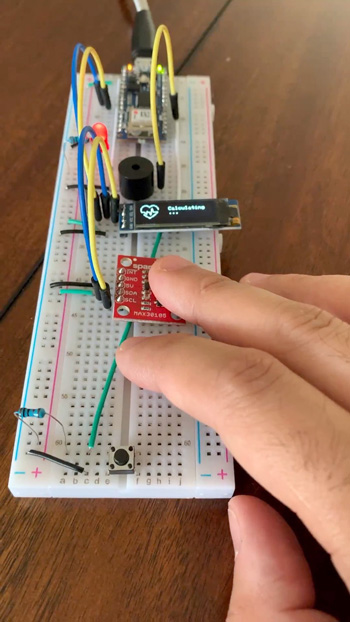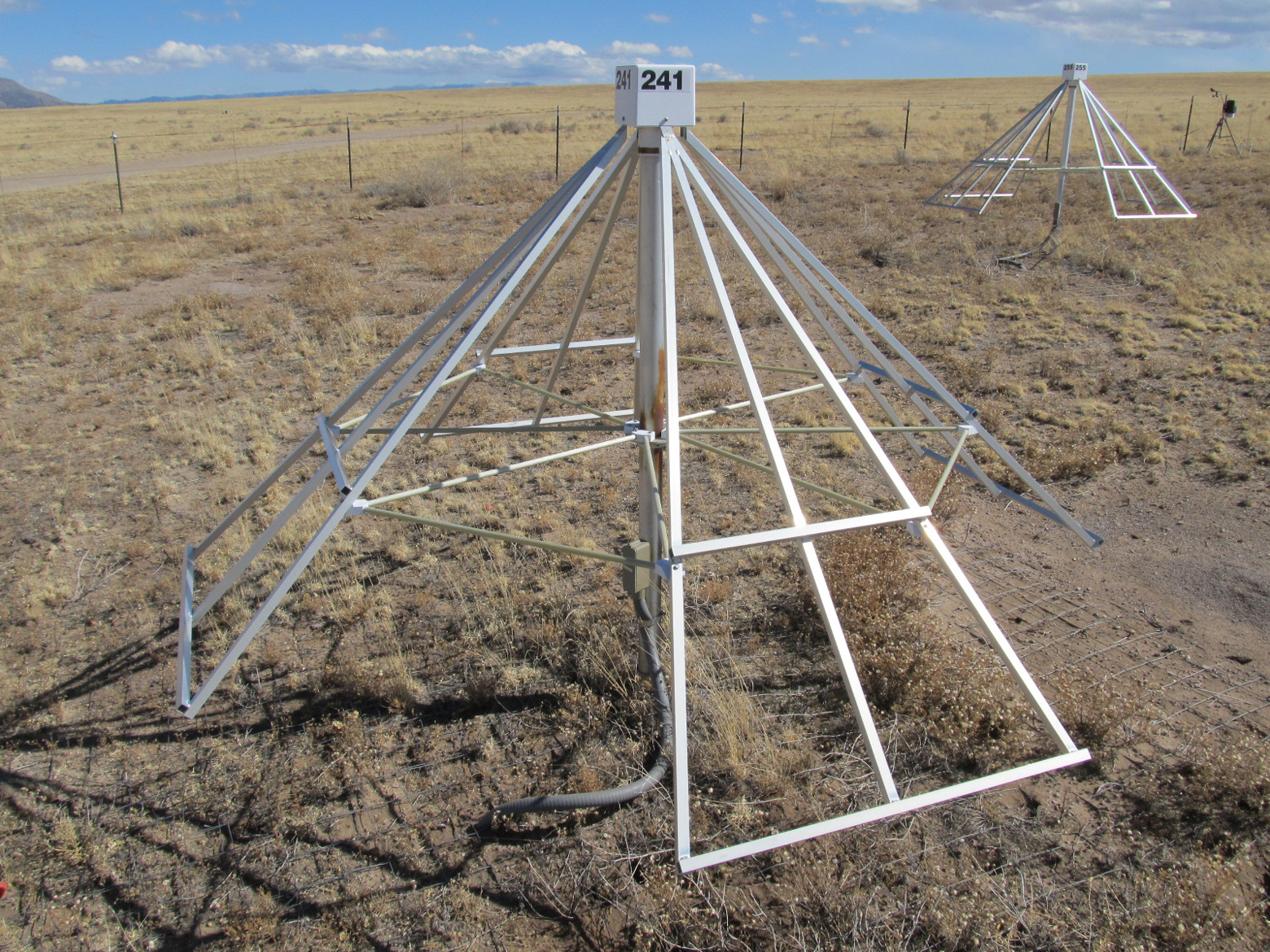Three ways to do hands-on, remote learning
Classes pioneer home lab kits, virtual lab presence, or taking advantage of the distance with a collaborative data project.
Remote learning during the pandemic has forced professors to re-imagine how to teach labs—without access to a lab. In the University of Michigan College of Engineering, they’re approaching this challenge in a variety of ways.
Here are a few approaches: two funded by a new College effort to bring the lab to the students with mailed kits, the third enabling students to have a virtual presence in the lab, and the fourth empowering students to build and analyze a collaborative data set.
It’s one thing to replace the lecture hall experience with online education. Not that it was easy on short notice, as professors around the world had to pivot on a dime in March, but there is a body of tried and trusted practices to draw from, as well as emerging ideas to take advantage of. Labs are a different kettle of fish.
To help professors adjust and create high quality experiences for students around the world, the College designated $500,000 toward the effort. Half of that went toward designing courses with a “hybrid” model, enabling some students to participate in person while others work remotely. The other $250,000 went toward materials for 17 classes that are sending kits to students so that they can complete hands-on projects at home.
“The idea was to tell our faculty members: ‘We know fall is going to be a challenge. You know what you’re doing with your class. Here’s funding to help you take it to where it needs to be,’” said Joanna Millunchick, the associate dean for undergraduate education, who manages the program.
Kits will let students make pulse oximeters at home

 Enlarge
Enlarge
One of the home-kit courses is led by Aileen Huang-Saad, an associate professor of biomedical engineering and engineering education research, and a team of instructors. She is deputy editor-in-chief of the new journal Biomedical Engineering Education, which is publishing a special issue on teaching and learning during the COVID-19 pandemic. One of the papers for this issue, released for early access this month, is her outline for the ENGIN 100 course she structured around COVID-19 for the fall term.
“Remote learning is very difficult. If you can’t bring students into the lab you need to find creative ways to help them stay motivated,” said Huang-Saad. “By putting it in the context of COVID, a very real biomedical challenge, we are providing real world context to encourage them to be self-motivated and engage with the material.”
Their course was designed around three specific case studies relevant to COVID: diagnostics, medical devices and patient monitoring. Students will not only learn about different methods for diagnosing COVID, but they will learn how to design medical devices with computer aided design and will be challenged to build pulse oximeters at home.
Circuit kits and lab enhancements in electrical engineering
Bringing broader collaboration to the hands-on course pack model, the instructors of circuit-related courses EECS 215, 216 and 314 have clubbed together on kits to send to students as well as hybrid upgrades to their lab space. EECS 215 and 216 introduce circuits and signals for electrical engineering majors. EECS 314 covers these topics for everyone else.
The kits contain circuit elements such as resistors, capacitors and amplifiers, which students can assemble to demonstrate key course concepts. Students at home will rely on the Analog Discovery 2 tool—a compact instrument that generates input signals for circuits and measures their outputs—to test their circuits.
Lab access to industry-standard devices is usually a differentiator for U-M’s electrical engineering program. These instruments are optimized for single purposes—for instance, the lab spectrum analyzers, which measure the strength of the electrical signals according to the frequency of each signal, cover a broader range of frequencies than the Analog Discovery 2. To make sure remote students can learn to interpret the tools they’ll encounter in industry, instructors will provide remote students with screenshots from instruments in the U-M lab. But even students in the on-campus lab will have a digital hybrid experience due to the instructors having to keep an 8-foot distance from each student bench.
“Do not take my word for it,” said Alexander Ganago, an adjunct professor and instructional laboratories manager for electrical engineering and computer science, who is teaching EECS 314. “Put your credit card eight feet away and try to read its number.”
To enable better feedback for students despite stringent distancing requirements, Ganago is installing a document camera at the instructor’s bench so that students in the lab can clearly see the details of sample circuits and numerical data displayed on a large screen. In addition, students at home can view the images in real time or any time after the session. A second document camera will be installed at a spare student bench to help the instructors with troubleshooting.
Operating robot arms from home
But not all innovation is happening through the program funded by the College. Peter Gaskell, a lecturer in the Robotics Institute, is making sure that students in Robotics 550, Robotic Systems Laboratory, can get work done in the lab without physically being present. By setting up cameras around the benches, each with a robotic arm mounted to the top, students can send their code from home to the robot and see how well it performs tasks like detecting, picking up and stacking blocks.
“Sending a robotic manipulator to each student to build is both too expensive and not feasible. Instead students can send their code to the robot, remotely interact with it and remotely monitor the result,” said Gaskell.
He’s also set up screens so that students working remotely can have a virtual presence at the bench. The cameras, screens and networking equipment were purchased with funding from the Robotics Institute.
Radio antennas in students’ yards will advance a NASA mission
Justin Kasper, a professor of climate and space sciences and engineering, is sending radio antenna arrays to students in the Multidisciplinary Design Program who are working on the $55 million NASA Sun Radio Interferometer Space Experiment (SunRISE) project, which he leads. SunRISE aims to provide better information about coronal mass ejections, the most violent type of solar weather, and which ones will produce high energy particle radiation that could harm spacecraft or astronauts. The mission is set to launch in 2023.

 Enlarge
Enlarge
The students will build radio antenna arrays in their yards and measure their local radio wave scenes, taking data around the country.
“Our original plan was to buy a few antennas and set them up around Ann Arbor, so after we had to ramp down our lab activities, we were trying to find some way to get their hands on something physical instead of just writing code,” said Kasper. “We realized it was well worth the shipping costs to move antennas among their homes.”
These measurements will enable the students to observe radio interference on Earth and also record bursts of radio emissions from the sun. Earth’s atmosphere distorts or blocks frequencies above about 100 kilohertz, and the students will be able to see this cut-off. It will help them better understand software that they are developing for SunRISE, which will record solar radio emissions from space. Kasper is supporting the ground antenna project with his discretionary funds.
These are just a handful of the many initiatives underway to keep hands-on learning at the center of engineering education at the University of Michigan.
The other members of the teaching team for the COVID-themed ENGIN 100 course are Rachael Schmedlen, a lecturer and associate chair for undergraduate education in biomedical engineering; Rob Sulewski, a lecturer in undergraduate education; and Karen Springsteen, a lecturer in technical communication.
The other professors in the circuits collaboration are Fred Terry and David Wentzloff, both professors of electrical engineering and computer science who are teaching the two sections of EECS 215, and Achilleas Anastosopoulos, an associate professor of engineering who is teaching EECS 216.
Millunchick is also a professor of materials science and engineering, an Arthur F. Thurnau Professor, and a Bicentennial Professor.
 MENU
MENU 
